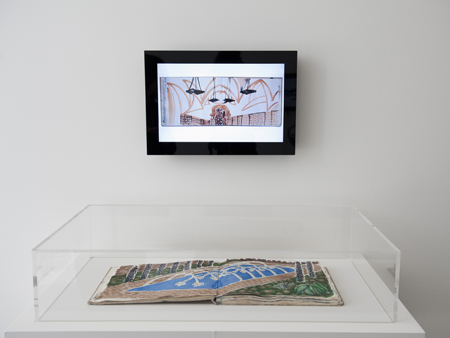
In the early 1960s, David Hockney shifted his attention from oil to the water-based medium of acrylic, which he used for a considerable period of time as this newly developed paint allowed him to capture the quality of the light and the sunny environment of Los Angeles. The resulting vibrant colors are employed to startling effect in paintings of showers, swimming pools, and lawn sprinklers executed in the late 1960s and 1970s.
In the early years of the 21st century, Hockney turned to watercolor, often considered an old-fashioned medium. He mastered it through extensive practice and highly valued the speed of execution it afforded. In 2002–04, Hockney traveled throughout northern and southern Europe, and these trips resulted in a series of landscapes, a “return to simplicity” in his words. In these works, Hockney explores how to create space with only a few lines. Technically, there is no pencil under the color, just paint applied directly onto the paper with “as few brushstrokes as possible” and a limited palette, sometimes only four colors.
When Hockney first started to paint from observation in Bridlington, East Yorkshire, he used watercolor to record the changing landscape through the seasons. The exhibition includes 36 Yorkshire watercolors.
